
Understanding Climate Change
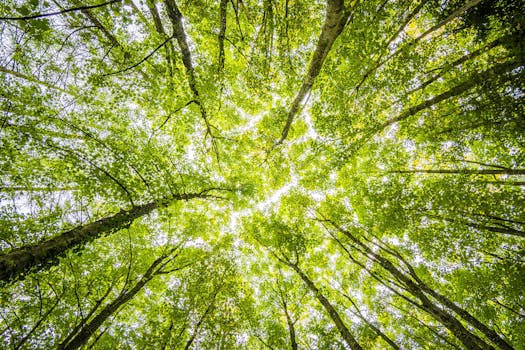
Climate change refers to significant changes in global temperatures and weather patterns over time. While climate change is a natural phenomenon, scientific evidence shows that human activities have accelerated the rate of change, primarily through greenhouse gas emissions.
Effects on Biodiversity
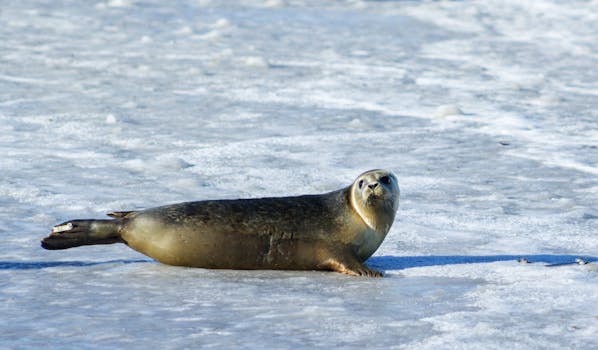
One of the most significant impacts of climate change is on biodiversity. Species that cannot adapt to changing conditions face extinction. For instance, polar bears depend on sea ice to hunt seals, and as temperatures rise, their habitat diminishes. Similarly, coral reefs are highly sensitive to temperature changes and suffer from bleaching as ocean temperatures increase.
Impact on Habitats
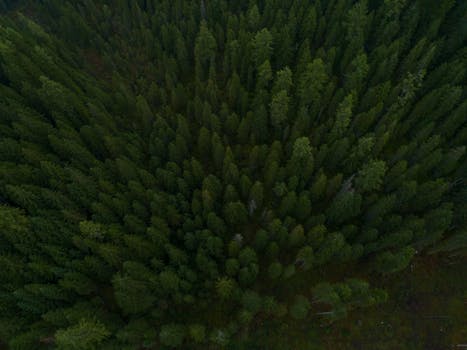
Climate change alters habitats, making them unsuitable for the species that currently live there. Forests may migrate northward as temperatures rise, while wetlands may dry out. These shifts can lead to a mismatch between species and their habitats, disrupting ecosystems. For example, migratory birds may arrive at their breeding grounds too early, finding food sources unavailable due to altered plant blooming times.
Species Interactions and Ecosystem Services
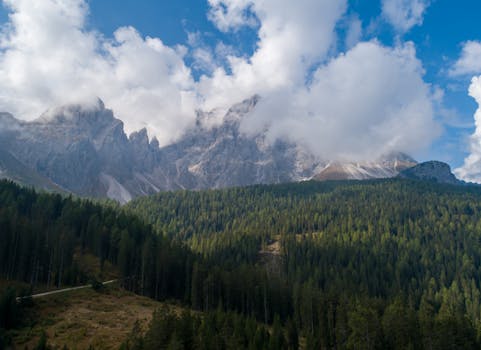
The interactions between species are critical for ecosystem stability. Climate change can disrupt these relationships, leading to consequences for ecosystem services such as pollination, seed dispersal, and nutrient cycling. For instance, if a predator species moves into a new area due to climate change, it might outcompete native species, leading to declines in biodiversity.
Conclusion
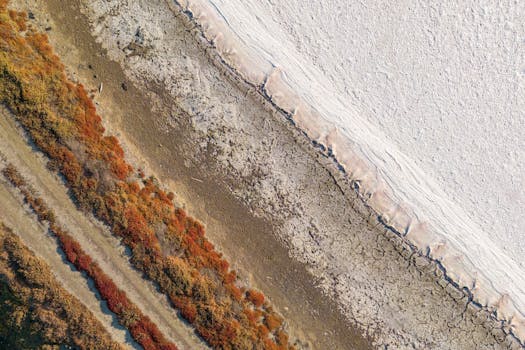
In conclusion, the impact of climate change on global ecosystems is profound and multifaceted. Biodiversity loss, habitat alteration, and disrupted species interactions threaten the very fabric of life on Earth. Addressing climate change requires global cooperation and urgent action to mitigate its effects.




